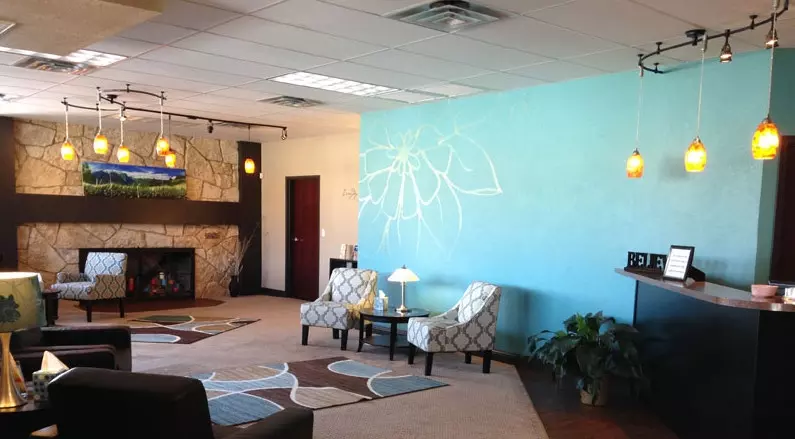At my favorite sub sandwich shop the other day with my family, I pulled my drink close and took a sip. Suddenly my taste buds went into shock: This isn’t what I think it is, my precious little buds told me.
We’ve all had that experience when we thought we were about to taste one thing and got another. Our mind (and taste buds) must reset and figure out what is going on.
My surprise was of my own making. Every time I go into this place, my drink of choice is cherry vanilla Coke. Every time. No variations, no worries. I know how to press the buttons on the machine with a thousand drinks in it and because the result is always happiness, I see no reason to change.
Yet for an unknown reason, on this day I decided to try the sweet tea. It was good, don’t get me wrong. And as a southern boy, I know my sweet tea.
Still, when I took that first sip my brain went haywire (well, more than usual). It took a moment or two to recapture my bearings and dive into my sandwich (yep, I usually get the same one each time). Thankfully, I survived the entire incident.
But my conflicted drink situation got me thinking about those we see in pregnancy help ministries. When they take that first sip of what we offer, are they initially shocked? Or are we close to what they expected to find
Taking this question deeper, what is the first feeling a client experiences when she walks in our door? Is her first sensory connection positive? Or is she confused, even wondering if we have an agenda?
In my first year as the executive director (1991, so we’re in the last century) of a pregnancy help medical clinic, one of our volunteers—an interior decorator—looked at my office (which could be seen from our lobby) and said bluntly, “We need to fix this."
Unfortunately, my office was stacked with files (of what, I can’t remember) and the entire space looked like the home of a busy administrator. I was only 28 years old, coming out of a career in sales (where my workspace was never seen by customers), so I knew little about how to create an inviting executive office space.
In a few days, our volunteer was back. She stripped my bookcase of giant manuals and wall-to-wall books, replacing them with decorative items and the right kind of books (and not so many of them). She brought in lamps and took out the file cabinets. Before I knew it, my office looked like I knew what I was doing.
Our volunteer’s handiwork was not designed to benefit me, but our clients. They needed to know they were walking into a professional office, not Kirk’s busy workspace. They needed to know we were a safe place, not a hectic one.
Tweet This: #prolife ctrs: let's take a look our first impressions this summer. @KirkWalden
Thankfully, our volunteer taught me what our clients expected of us as a ministry. At a time when they were facing the unexpected, they wanted a place where they could stop, take a breath and say to themselves, “Ahh, they know what they are doing.”
In keeping with my example above, it was—and is—part of our mission to make sure those who need us take that “first sip” and don’t find any surprises.
Planned Parenthood and the abortion industry are expected to have a clinical, cold, somewhat aloof environment. This is good news . . . for us.
We’re different. We can present warmth, hope and integrity to those who come in our door. But like my office in those early days, we’ve got to look around and see if there is anything to distract a client taking that first sip of what we do.
This summer, let’s find ways to eliminate the distractions, build on our strengths and connect with our clients and patients more effectively. With Planned Parenthood and the abortion industry reeling, we’ll find more and more opportunities to make that first impression.
Editor’s note: Join Heartbeat International’s Ducia Hamm for a webinar on first impressions at a pregnancy center Wednesday, May 31 at 12pm (EST). Click here for more information.







